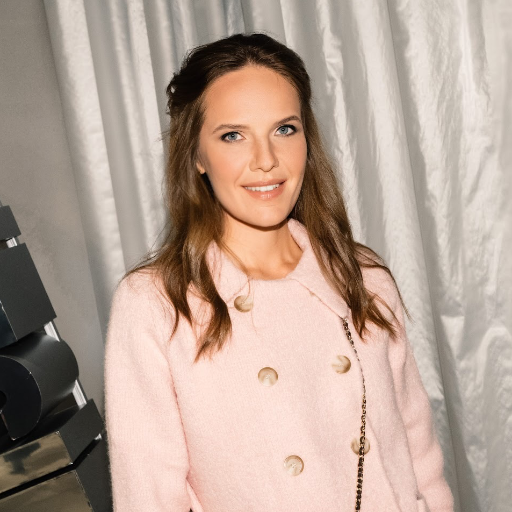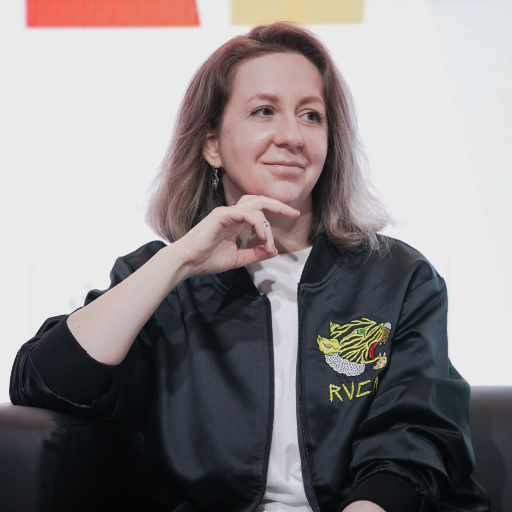Fashion metaverse. From videogames to world’s runways
Metaverse is rapidly changing the face of the fashion industry, deleting the boundaries between the physical and digital worlds. It has started out as videogame skins — virtual clothing for characters — and has become a global phenomenon with leading brands creating collections for digital runways. Fortnite had active collaboration with Balenciaga, Marc Jacobs created virtual clothing collections for Animal Crossing: New Horizons, Gucci created a virtual exhibition and a limited collection of accessories that could be purchased and used in the Roblox game. Videogames are becoming a new platform for fashion brands, allowing them to reach young and digital audiences, as well as allowing gamers to express their individuality in the virtual space. It is expected that metaverse in fashion will grow over $12.6 billion by 2028. This increase is supported by growing adoption of virtual environments by fashion brands, increasing consumer demand for personalized shopping experiences, and rising popularity of virtual assets such as NFTs.
- How can brands adapt their collections for digital avatars and virtual worlds? What new forms of self-expression could emerge from virtual fashion?
- What successful examples of brand collaborations in the digital space already exist? How do brands collaborate with each other and tech companies to create unique experiences in a metaverse?
- Monetization and business models in a metaverse. What forms of cooperation between fashion houses and technology companies are the most promising?
- Interaction with consumers and new forms of marketing. How can brands use a metaverse to create unique consumer experiences?






